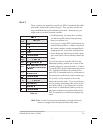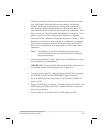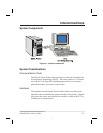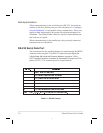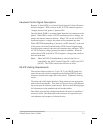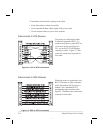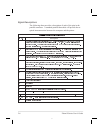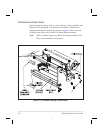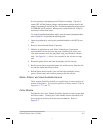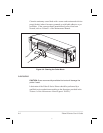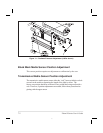
Parallel Cabling Requirements
The required cable must have a standard 36-pin parallel connector on
one end, which is plugged into the mating connector located at the up-
per rear of the printer. The parallel interface cable is connected using
bail clips, instead of screws, in a similar position to that of the serial
data cable.
The other end of the parallel interface cable connects to an appropriate
point at the host computer.
Data cables must be fully shielded and fitted with metal or metallized
connector shells. Shielded cables and connectors are required to pre-
vent radiation and reception of electrical noise.
To minimize electrical noise pickup in the cable:
•
Keep data cables as short as possible (maximum length: 10 ft.).
• Do not bundle the data cables tightly with power cords.
• Do not tie data cables to power wire conduits.
Parallel Interface
The Parallel Interface provides a means of communication that is typi-
cally faster than the previously mentioned Serial Interface method. In
this method, the bits of data which make up a character are sent all at one
time over several wires in the cable, one bit per wire.
Data signals are defined as either HIGH or LOW, while Control Sig-
nals are either Active or Inactive. Some Control Signals are active
HIGH while others are active LOW. The voltage levels which rep-
resent these conditions are:
Data Signal
Voltage Level
HIGH +5 VDC
LOW 0 VDC
Zebra S-Series User’s Guide 5-5
63



